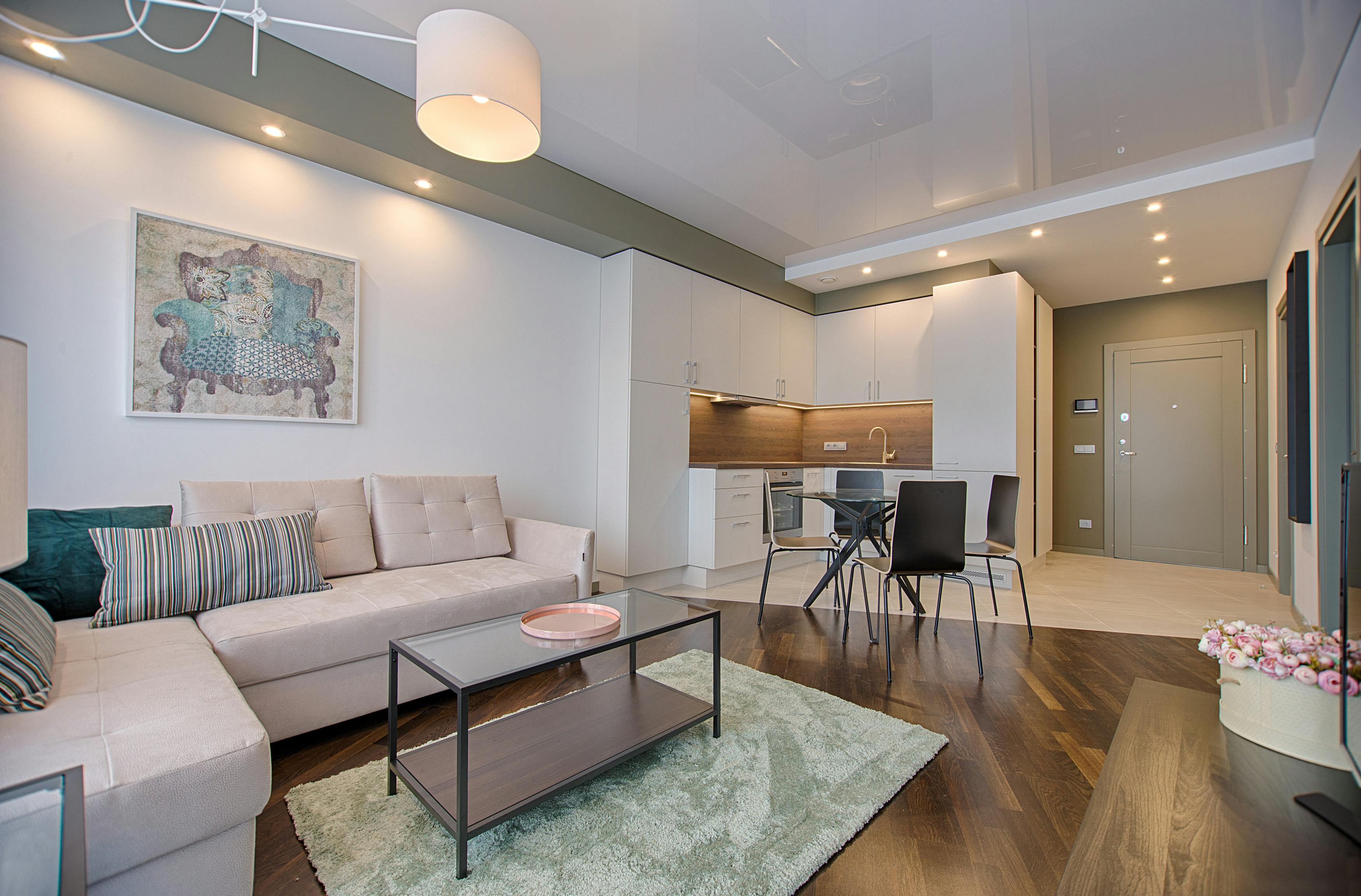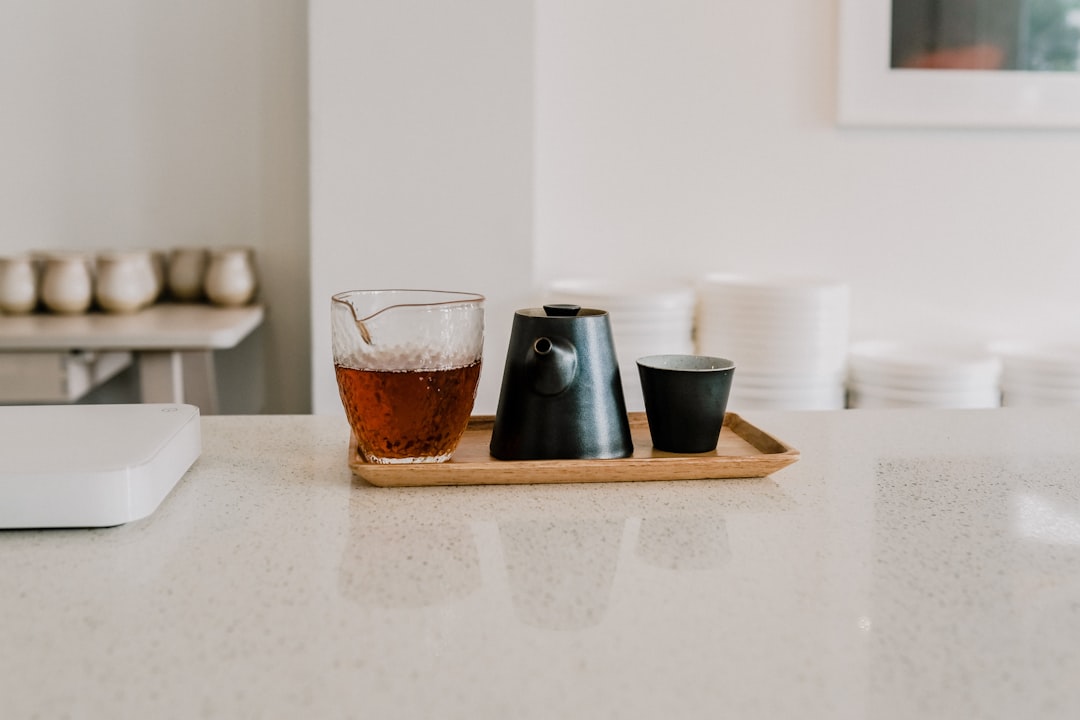In a world overflowing with possessions, the idea of living with just 100 items might sound extreme, even daunting. But what if this radical approach to minimalism held the key to a calmer mind, a healthier planet, and a fatter wallet? As we navigate 2025, more and more people are discovering the profound benefits of intentional living, and the 100-item challenge is emerging as a powerful way to reclaim control. Join us as we explore how this lifestyle can unveil a truly minimalist home and a more fulfilling life! 😊
The Philosophy Behind the 100-Item Challenge 🤔
The 100-item challenge, popularized by figures like Dave Bruno, isn’t just about a number; it’s a philosophy. It’s an intentional commitment to drastically reduce your personal possessions to a mere 100 items for a set period, often a year. This isn’t about deprivation, but rather about discovering what truly adds value to your life and letting go of the rest. It forces you to confront consumerism and redefine your relationship with material goods.
The core idea is to distinguish between essentials and non-essentials, focusing on quality over quantity. While the exact rules are flexible and personal, common guidelines often exclude shared household items (like furniture, kitchenware), books (sometimes counted as one category), and certain medical supplies or food items. The goal is to cultivate mindfulness and intentionality in every purchase and possession.
The 100-item challenge is highly adaptable. You set your own rules for what counts, allowing you to tailor the experience to your unique lifestyle and goals. It’s more about the mindset shift than rigid adherence to a number.
The Rising Tide of Minimalism: Trends and Statistics 📊
Minimalism is far from a fleeting trend; it’s a growing movement gaining significant momentum in 2024 and 2025. This surge in popularity is driven by a collective quest for mental clarity, financial freedom, and environmental sustainability.
Recent studies highlight the profound impact of minimalism on well-being. A 2025 study indicated that adopting minimalism could decrease stress levels by up to 75% and improve life satisfaction by 80%. This is because a clutter-free environment reduces cognitive load, making daily decision-making easier and fostering a sense of calm.
Financially, the benefits are equally compelling. By buying less and consuming mindfully, individuals experience significant savings, reduced debt, and greater financial freedom. This allows resources to be reallocated towards experiences and meaningful goals, which studies show bring more lasting happiness than material possessions.
Environmentally, minimalism is a powerful ally. It promotes reduced waste, lower carbon footprints, and the conservation of natural resources by encouraging mindful consumption and the choice of high-quality, sustainable products. This shift towards eco-friendly minimalism is a key trend for 2024-2025, with brands increasingly adopting sustainable, minimalist design.
Key Benefits of a Minimalist Lifestyle (2024-2025)
| Benefit Area | Impact | Recent Findings |
|---|---|---|
| Mental Health | Reduced stress, anxiety, increased focus, better mood. | Up to 75% decrease in stress, 80% improvement in life satisfaction (2025 study). |
| Financial Well-being | Significant savings, debt reduction, mindful spending. | Prioritizing experiences over things leads to lasting happiness. |
| Environmental Impact | Reduced waste, lower carbon footprint, sustainable choices. | Encourages eco-friendly consumption and sustainable practices. |
| Productivity & Time | More time, energy, and focus on meaningful activities. | Less time spent managing possessions, increased mental energy. |
While the benefits are immense, the initial decluttering process can be emotionally challenging. It’s important to approach it with patience and self-compassion, as letting go of possessions can evoke a range of feelings.
Key Checkpoints: Remember These Essentials! 📌
Have you been following along? This article is long, so let’s recap the most important takeaways. Please keep these three things in mind:
-
✅
Minimalism is a Mindset, Not Just a Number
The 100-item challenge is a tool to foster intentional living and mindful consumption, not a rigid rule. -
✅
Benefits Extend Beyond Your Home
Improved mental clarity, financial freedom, and a positive environmental impact are significant outcomes. -
✅
Start Small and Be Patient
Begin with easy categories, set your own flexible rules, and focus on the journey of discovery.
Curating Your 100: Practical Steps and Categories 👩💼👨💻
Embarking on the 100-item challenge requires a strategic approach. The key is to define your own rules and categories, as what constitutes an “item” can vary. For instance, some minimalists count a pair of shoes as one item, while others count each shoe. Shared household items like furniture or cleaning supplies are often excluded from the personal 100-item count.
Here’s a practical guide to get started:
- Define Your Rules: Decide what you will and won’t count. Will a collection of books be one item, or each book? Will toiletries be grouped? This is your challenge, so make it work for you.
- Categorize Your Belongings: Divide your items into broad categories like clothing, electronics, kitchenware, and personal keepsakes. This helps identify areas for significant downsizing.
- Start with Easy Wins: Begin decluttering with items that hold the least sentimental value, such as old kitchen gadgets, expired cosmetics, or unused cables.
- Apply the “Joy” or “Purpose” Test: For each item, ask yourself if it serves a clear purpose, brings you joy, or contributes to your well-being. If not, it’s a candidate for purging.
- Phased Approach: Don’t feel pressured to reach 100 items overnight. Gradually reduce your possessions over weeks or months.
- The “One-In, One-Out” Rule: Once you’ve significantly decluttered, commit to removing one item for every new one you bring into your life to maintain your curated collection.
Common categories to consider for your 100 items include clothing, personal care, electronics, essential documents, and hobbies. Remember, the goal is to create a functional and joyful living space, not an empty one.
Use a spreadsheet to track your items and categories. This makes the process of counting and managing your possessions much easier, especially when making changes.
Real-Life Minimalist Home: A Case Study 📚
Let’s imagine Sarah, a 32-year-old marketing professional in Seattle, who decided to embrace the 100-item challenge in early 2025. She was feeling overwhelmed by her cluttered apartment and the constant pressure to buy more. Her journey wasn’t without its hurdles, but the results were transformative.
Sarah’s Situation
- Initial State: Over 500 personal items, including extensive wardrobe, numerous gadgets, and decorative objects.
- Motivation: Reduce stress, save money, and gain mental clarity.
- Challenge Start: January 2025.

Her Process
1) Defined Rules: Sarah decided to count clothing items individually (excluding underwear/socks as a “set”), grouped books into a “library” item, and excluded shared kitchen/bathroom supplies. Sentimental items fit into one shoebox (counted as 1 item).
2) Phased Decluttering: She started with her closet, donating over 70% of her clothes. Next were electronics, then decorative items. She used the “does it bring me joy or serve a purpose?” test.
3) Tracking: A simple spreadsheet helped her keep a running tally and visualize her progress.
Final Results (October 2025)
– Item Count: 98 personal items (excluding shared household items). She even managed to incorporate a yoga mat for floor sleeping, a common minimalist practice!
– Impact: Sarah reported feeling “lighter, liberated, and confident.” Her anxiety levels significantly decreased, and she found herself with more time and energy for hobbies and relationships. Financially, she saved over $5,000 in 9 months by avoiding impulse purchases.
Sarah’s experience demonstrates that living with fewer items isn’t about sacrifice, but about gaining freedom and clarity. Her minimalist home became a sanctuary, reflecting her values rather than consumerist pressures.
Wrapping Up: Key Takeaways 📝
The 100-item challenge offers a powerful pathway to a minimalist home and a more intentional life. It’s a journey that promises not just decluttered spaces, but also a decluttered mind, financial empowerment, and a lighter environmental footprint. As trends in 2025 continue to emphasize mindful living and sustainability, embracing a minimalist approach like the 100-item challenge is more relevant than ever.
Don’t let the number intimidate you. Start small, define your own rules, and focus on the incredible benefits that await. Your minimalist home isn’t just a space; it’s a reflection of a life lived with purpose. What are your thoughts on the 100-item challenge? Share your experiences or questions in the comments below! 😊
Minimalist Home: Quick Summary
Frequently Asked Questions ❓
